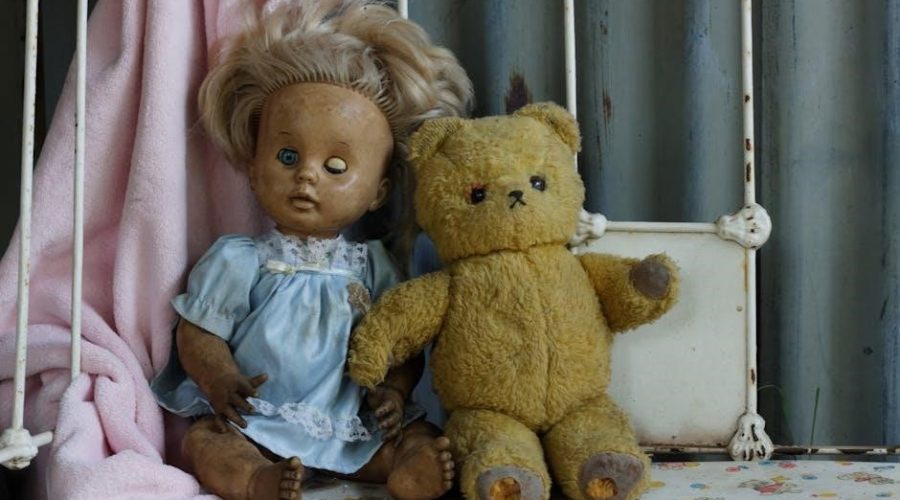Understanding the Factors That Determine the Value of Vintage Toys
The value of vintage toys is determined by rarity, condition, age, and demand. Rare, well-preserved items from historical periods or popular franchises often hold the highest value.
Rarity and Supply
Rarity significantly impacts the value of vintage toys, as limited supply drives demand. Items produced in small quantities or discontinued are highly sought after. The availability of specific toys in pristine condition further enhances their scarcity, making them more valuable. Collectors often seek rare examples, pushing prices higher when supply is low and demand is strong.
Condition and Preservation
The condition of vintage toys greatly affects their value. Well-preserved items with original packaging, minimal wear, and functioning parts are highly prized. Damage, repairs, or missing components can significantly reduce value. Collectors seek toys that retain their original charm and functionality, emphasizing the importance of careful preservation and maintenance over time.
Age and Historical Significance
The age and historical significance of vintage toys play a crucial role in determining their value. Toys from earlier eras, especially those linked to cultural or historical events, often command higher prices; Rare items from notable manufacturers or those tied to iconic figures can become highly sought after by collectors and historians, enhancing their monetary and sentimental worth.
Demand and Popularity
Demand and popularity significantly influence the value of vintage toys. Items linked to popular culture, such as iconic movies or TV shows, often see increased demand. Additionally, trends within collector communities can drive up prices for certain toys, making them highly valuable. Understanding current market trends and collector preferences is essential for accurately valuing vintage toys.
How to Identify Rare and Valuable Vintage Toys
Inspect toys for maker’s marks, research their historical context, and compare with price guides to determine rarity and value effectively.
Researching Toy History and Background
Researching the history and background of vintage toys involves examining production dates, identifying manufacturers, and understanding cultural context. Utilize price guides, collector forums, and historical records to gain insights. This helps determine a toy’s rarity, popularity, and authenticity, ensuring accurate valuation and identification of rare items.
Authenticating Vintage Toys
Authenticating vintage toys requires examining maker’s marks, materials, and construction techniques. Compare items to original catalog images or historical records. Experts or third-party appraisers can verify authenticity. Look for wear patterns consistent with age and avoid modern reproductions. Proper authentication ensures a toy’s value and legitimacy in the market.
Identifying Maker’s Marks and Signatures
Maker’s marks and signatures are key indicators of a vintage toy’s authenticity. Look for stamps, engravings, or printed logos on the toy. Research the manufacturer’s typical markings and compare them to the item. Databases and collector forums often catalog these marks. Consistency in the mark’s style and placement adds credibility to the toy’s origin and value.
Top Vintage Toys That Hold High Value
Classic dolls, action figures, and mechanical toys often fetch high prices due to nostalgia and rarity. Board games and clockwork toys are also highly sought after by collectors.
Classic Dolls and Action Figures
Classic dolls and action figures are highly valuable, especially those in original packaging or with rare accessories. Vintage Barbie dolls and Star Wars action figures are top picks, as nostalgia drives demand. Condition plays a key role, with mint figures commanding high prices. Additionally, limited editions and historical significance can greatly increase their worth in the market.
Vintage Board Games and Puzzles
Vintage board games and puzzles gain value from rarity, condition, and nostalgic appeal. Complete, unrestored sets of games like Monopoly or Scrabble are highly sought after. Rare puzzles with intricate designs or historical themes also attract collectors. Proper preservation and original packaging significantly enhance their worth, making them treasured items for both enthusiasts and investors alike in the market today.
Antique Clockwork and Mechanical Toys
Antique clockwork and mechanical toys are highly prized for their intricate craftsmanship and historical significance. Toys with functional mechanisms, such as wind-up automatons or trains, retain high value if in working condition. Rarity, original parts, and minimal restoration enhance desirability. These pieces often attract collectors of mechanical devices and those appreciative of precision engineering, making them standout items in vintage toy collections and auctions.
Preparing Vintage Toys for Sale
Cleaning, restoring, and documenting vintage toys enhances their appeal. Use gentle methods to avoid damage and ensure originality. High-quality photos and provenance details boost buyer confidence and value.
Cleaning and Restoration Tips
Use gentle cleaning methods to avoid damaging vintage toys. Avoid harsh chemicals and opt for soft cloths or brushes. Spot test cleaning solutions to ensure they won’t harm materials. For restoration, focus on minimal fixes that preserve originality. Avoid over-restoring, as it can reduce value. Always document before-and-after states to maintain transparency and build buyer trust in the item’s condition and authenticity.
Documenting Provenance and History
Provenance and history significantly enhance the value of vintage toys. Gather receipts, certificates, and records to authenticate ownership. Include any historical context or previous sales documentation. Use photographs to show the item’s condition over time. A detailed, transparent record builds credibility and trust with potential buyers, making the toy more desirable and valuable in the market.
Taking High-Quality Photos
High-quality photos are essential for showcasing vintage toys. Use natural light and a clean, neutral background to highlight details. Capture multiple angles, including close-ups of maker’s marks or signatures. Ensure sharp focus and avoid glare. Edit photos to enhance clarity but avoid over-editing. Consider using a tripod for stability. These practices help buyers assess condition and authenticity, increasing trust and appeal.
Where to Sell Vintage Toys for the Best Price
Vintage toys can be sold on online marketplaces like eBay and Etsy, through specialized auctions, or at local collectible shops and flea markets for optimal reach and value.
Online Marketplaces like eBay and Etsy
Platforms like eBay and Etsy are ideal for selling vintage toys, offering global reach and targeted audiences. Use high-quality photos, detailed descriptions, and competitive pricing to attract buyers. Fees apply, but their vast user bases often justify the cost. Regularly monitor trends and adjust listings to maximize visibility and sales potential for your vintage items.
Specialized Antique and Toy Auctions
Specialized auctions cater to discerning collectors, often yielding high prices for rare vintage toys. Auction houses like Christie’s or Sotheby’s host events focused on antique toys, attracting serious buyers. These platforms provide expert appraisals, authentication, and marketing, ensuring items reach their full potential. Commission fees are typically higher, but the exposure and credibility offered can significantly boost sale values.
Local Collectible Shops and Flea Markets
Local collectible shops and flea markets offer a tangible way to buy or sell vintage toys, fostering direct interactions with collectors. These venues often house rare items and provide a personalized experience. Sellers can negotiate prices and connect with enthusiasts, creating a sense of community. Flea markets, in particular, are ideal for discovering hidden gems and testing market demand in a dynamic, hands-on environment.
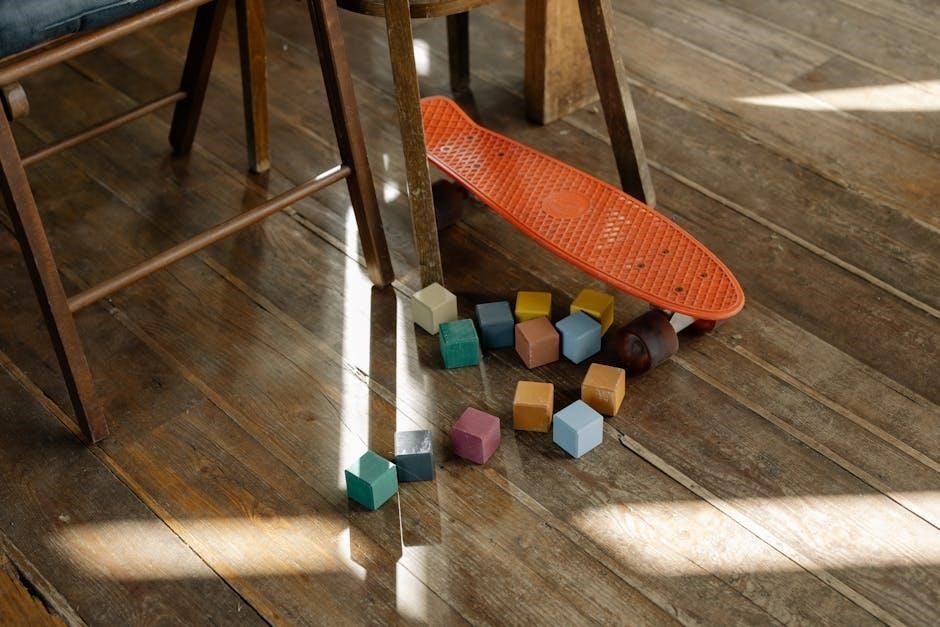
How to Price Vintage Toys Competitively
Pricing vintage toys competitively involves researching market trends, using price guides, and considering an item’s rarity and condition. This ensures realistic and attractive pricing for buyers.
Using Price Guides and Market Research
Utilizing price guides and market research is crucial for accurate pricing. Analyze recent sales of similar items on platforms like eBay and Etsy. Consult collector communities and auction records to gauge demand. Consider the toy’s condition, rarity, and historical significance. This thorough approach ensures competitive pricing that reflects current market trends and buyer expectations.
Setting Realistic Expectations
Setting realistic expectations when pricing vintage toys is essential for successful sales. Understand that market value may not always match sentimental value. Research comparable items and consider condition, rarity, and demand. Avoid overpricing, as it can deter buyers. Balance ambition with practicality to attract serious interest and ensure a timely sale.
Negotiating with Buyers
Negotiating with buyers requires a balance of firmness and flexibility. Be open to reasonable offers but know the minimum price you’re willing to accept; Use market research to support your asking price. Maintain transparency about the toy’s condition and provenance. Building rapport can lead to smoother negotiations and mutually beneficial agreements.
Common Mistakes to Avoid When Selling Vintage Toys
Avoid overpricing, not disclosing damage, and ignoring market trends. These mistakes can deter buyers and reduce sale opportunities, leading to unsuccessful transactions;
Overpricing or Underpricing Items
Overpricing can deter potential buyers, while underpricing undervalues the item. Research market trends and similar sales to set realistic prices. Consider condition, rarity, and demand. Using price guides ensures competitive pricing, balancing profitability and buyer appeal, while avoiding financial loss or missed opportunities, making it crucial for a successful sale.
Not Disclosing Damage or Repairs
Failing to disclose damage or repairs can lead to buyer distrust, disputes, and even legal issues. Transparency about a toy’s condition is essential for building credibility and ensuring fair transactions. Hiding flaws may result in negative feedback or returns, harming future sales. Always provide detailed descriptions and photos to maintain trust and satisfy buyer expectations.
Ignoring Market Trends
Ignoring market trends can lead to mispricing and missed opportunities. Vintage toy values fluctuate based on demand, nostalgia, and cultural shifts. Staying informed about current trends ensures realistic pricing and aligns offerings with buyer interests. Failing to adapt can result in undervaluing or overvaluing items, ultimately affecting profitability. Continuous research and adaptability are crucial for success in this dynamic market.
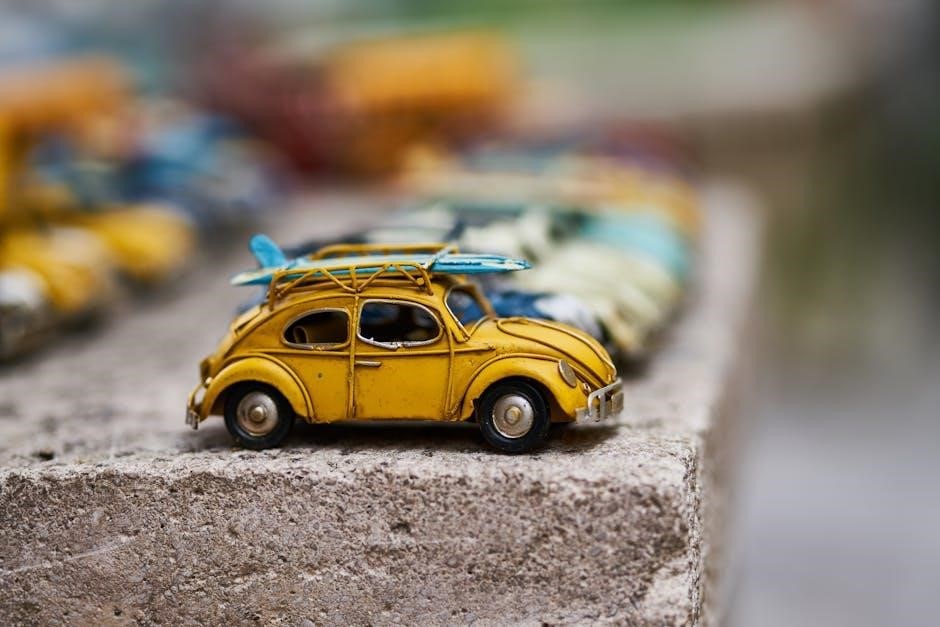
The Role of Collectors and Communities in Vintage Toy Valuation
Collectors and communities significantly influence vintage toy valuation by driving demand, sharing knowledge, and setting trends, ultimately affecting their market value and desirability.
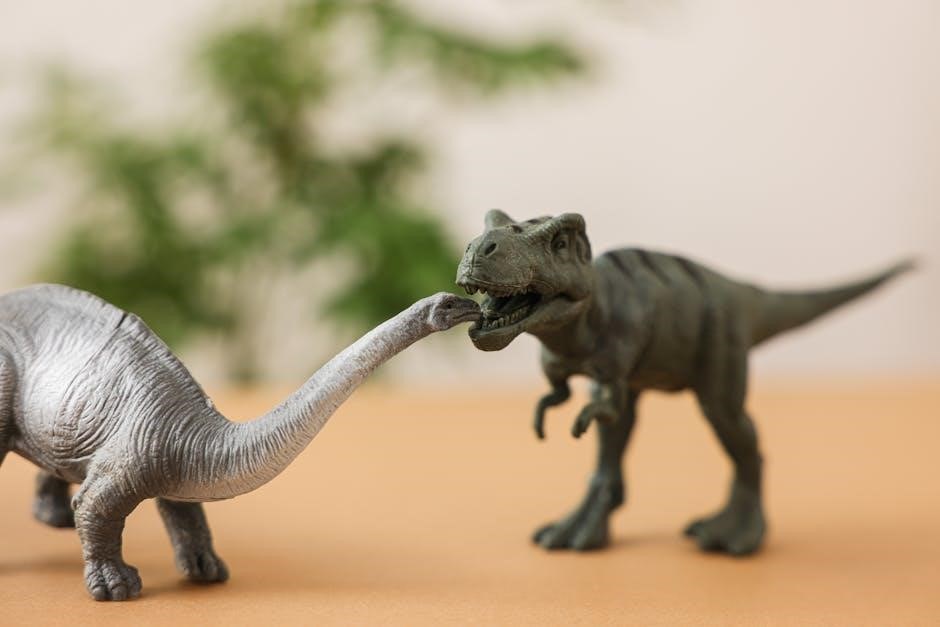
Engaging with Collector Forums and Groups
Engaging with collector forums and groups provides valuable insights, allowing enthusiasts to discover rare items, learn about market trends, and connect with experts. These communities often share tips on authentication, restoration, and pricing, helping members make informed decisions. Active participation can also lead to exclusive opportunities, enhancing both knowledge and collection value over time.
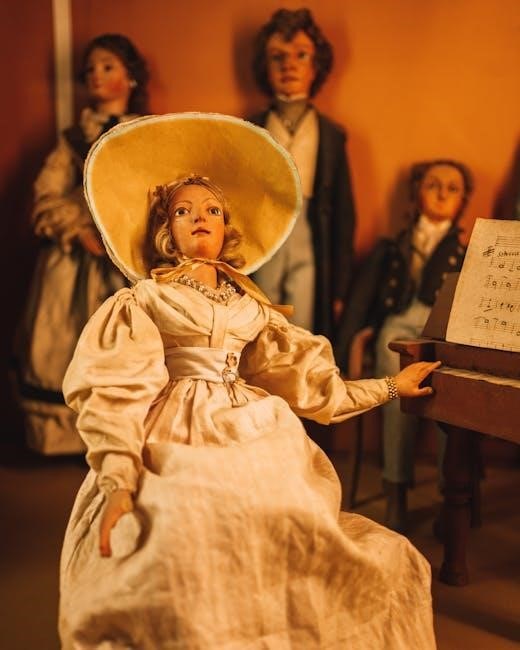
Building Relationships with Other Collectors
Building relationships with other collectors fosters trust and collaboration, often leading to shared knowledge and opportunities. Through networking, enthusiasts can gain access to rare finds, expert advice, and support. These connections not only enhance the collecting experience but also contribute to a stronger sense of community, making the pursuit of vintage toys more rewarding and enjoyable over time.
Participating in Toy Collecting Events
Attending toy collecting events connects enthusiasts with rare opportunities to buy, sell, and trade vintage toys. These events provide platforms to meet experts, learn about market trends, and showcase collections. Participating in auctions, conventions, and fairs can significantly enhance the value and diversity of a collector’s portfolio, offering unique experiences and fostering a vibrant community of shared interests and passion.
Future Trends in Vintage Toy Collecting
Nostalgia and sustainability will drive demand, with eco-conscious collectors seeking rare, ethically sourced toys. Emerging trends include AI-enhanced marketplaces and blockchain for provenance, reshaping the collectible landscape.
Emerging Trends in Collectible Toys
The rise of AI-driven marketplaces and blockchain technology is transforming how vintage toys are bought, sold, and authenticated. Sustainability is also becoming key, with collectors prioritizing eco-friendly materials and ethical sourcing. Additionally, nostalgia for retro toys from the 80s and 90s continues to grow, driven by pop culture revivals and influencer communities. These trends are reshaping the future of vintage toy collecting.
The Impact of Nostalgia on Toy Value
Nostalgia significantly boosts the value of vintage toys, as collectors seek items that evoke childhood memories. Toys tied to popular culture, such as retro action figures or dolls, often see increased demand due to sentimental appeal. Social media platforms further amplify this trend, creating a sense of urgency and driving up prices for rare or iconic toys that resonate with adult collectors.
Sustainability and Ethical Collecting Practices
Sustainability and ethical practices are increasingly influencing vintage toy collecting. Collectors are prioritizing eco-friendly materials and fair trade sources, ensuring toys are acquired responsibly. This shift not only preserves cultural heritage but also enhances the value of vintage toys by appealing to environmentally conscious buyers. Ethical practices foster trust and strengthen collector communities, promoting a healthier market for vintage items.
